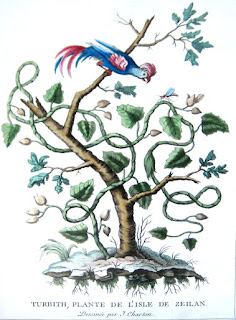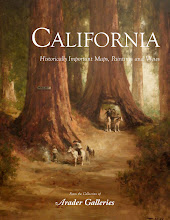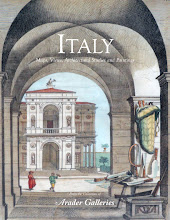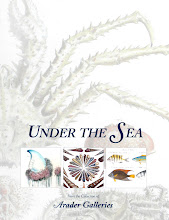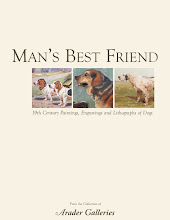
Christian A. Jorgensen (1860-1935)
“Pacific Coast Scenes”
Supplement to the Christmas edition of The Wasp
San Francisco: 1884, Bosqui Eng. & Print Co.
Lithograph
35” x 43” framed
“Pacific Coast Scenes”
Supplement to the Christmas edition of The Wasp
San Francisco: 1884, Bosqui Eng. & Print Co.
Lithograph
35” x 43” framed
Born in Oslo, Norway, Jorgensen moved to San Francisco with his mother in 1870. He showed artist promise at an early age, and was among the first students to enroll in the School of Design when it opened in 1874. While at art school Jorgensen was greatly influenced by his instructor and artist Virgil Williams, whom was both a mentor and father figure to Jorgensen. Jorgensen later became an instructor at the School of Design and served as assistant director from 1881-1883. He then established a studio at 131 Post Street in San Francisco, and by the mid 1880s had a successful career as a landscape painter. He was also a member of the Bohemian Club from 1899-1904.
For five years, Jorgensen and his wife traveled by horse and buggy to the sites of the 21 California missions, producing watercolor studies of the missions and a complete set of oils. A lithograph collage of these views, “Pacific Coast Scenes,” was published as a supplement to The Wasp in 1884. Included were views of San Francisco, Monterey, Santa Barbara, Lake Merritt (Oakland), Lake Lagunitas, Guerneville, Lakeport and the Hetch Hetchy Valley. The Wasp was a late 19th century weekly satire newspaper founded by Francis Korbel. It was unique for its production of color lithograph prints, a process Korbel had mastered in his previous business of manufacturing cigar box labels.
In 1899, Jorgensen pitched a tent in Yosemite and after several months obtained a permit to build a studio home there. He would continue painting there for the next 19 years during the warmer months (his Yosemite home is now the headquarters for the Government Rangers). In 1905 he built a boulder home in Carmel (now the site of the Hotel La Playa) where he and his wife Angela lived for a few years, though most of his time was spent at his family home in Piedmont. Jorgensen enjoyed a long career and continued painting until his death in 1935. Jorgensen’s work is held in the collections of the Yosemite Museum and the Bohemian Club.
For more information, please contact Arader Galleries at 415.788.5115.


